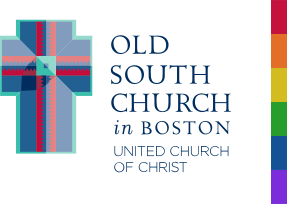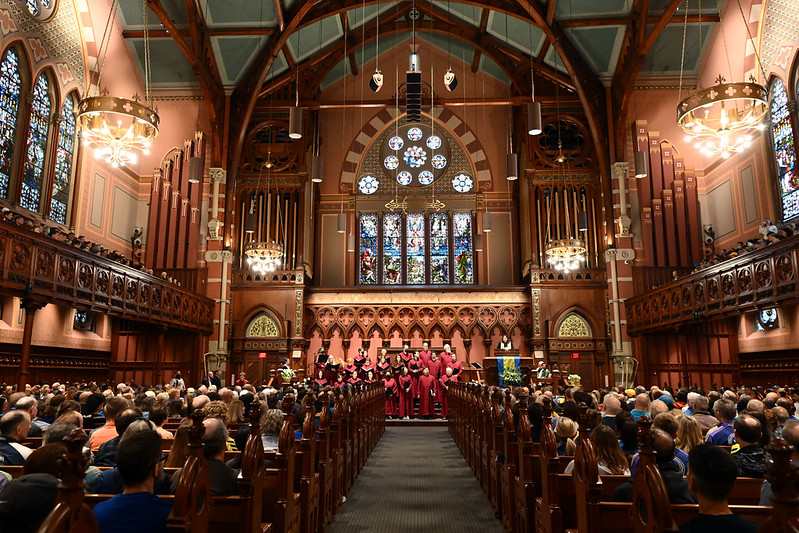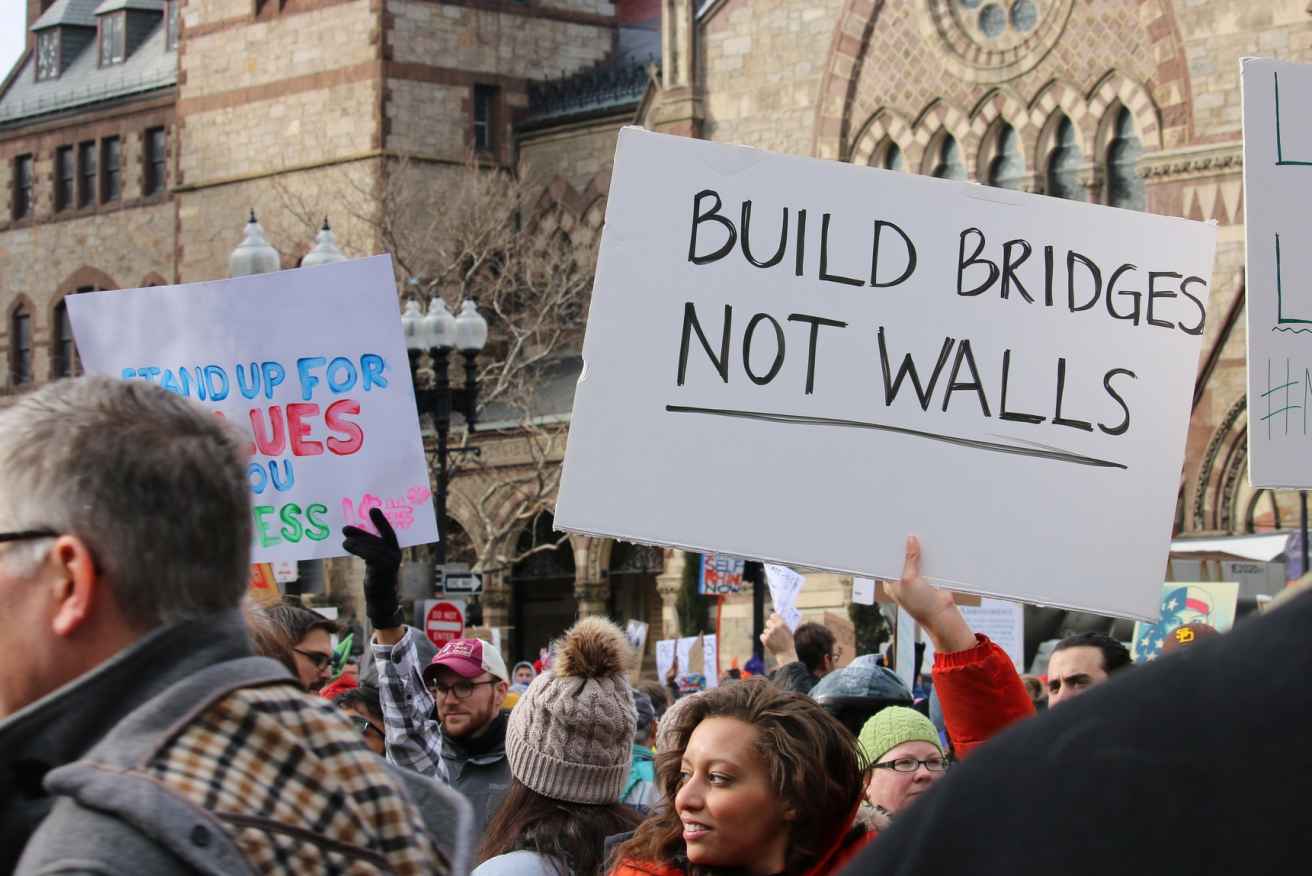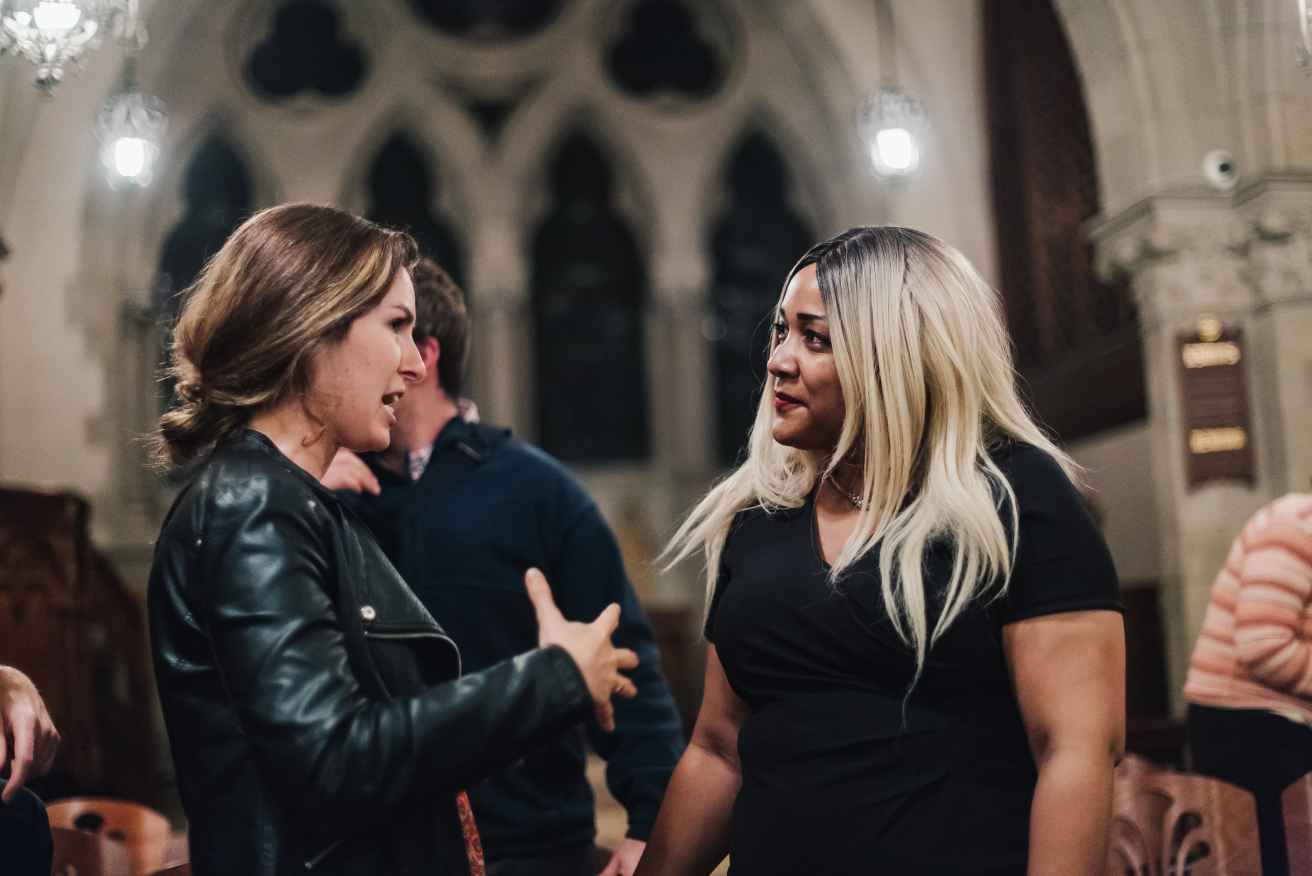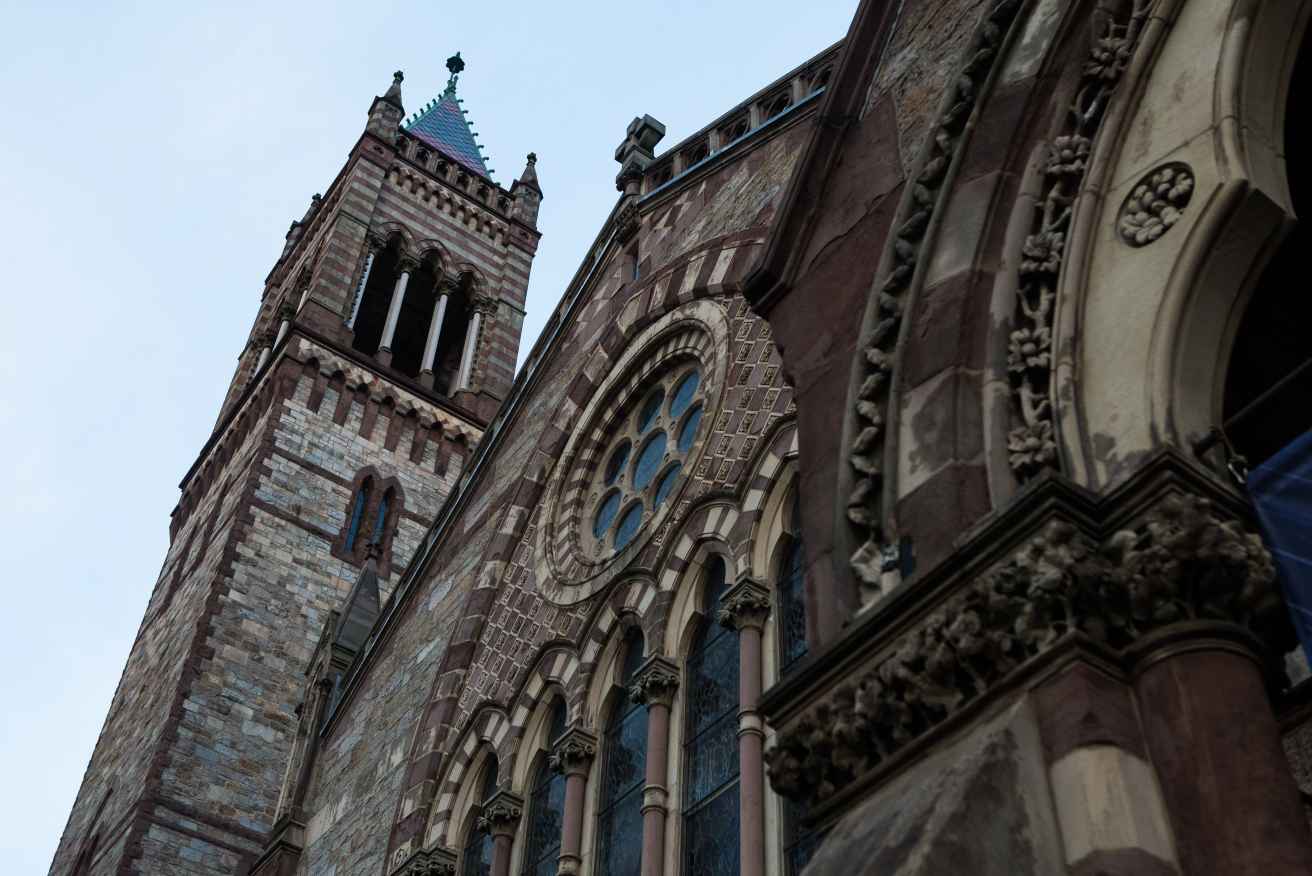I could be wrong, but I don’t think the phrase ‘The Sabbath as Resurrection’ is one that readily comes to mind for most Christians in this season of Eastertide. This year, however, the phrase has confronted me with both a strange attraction and a challenge.
Here at Old South Church, ‘The Sabbath’ was our Lenten theme. The Community Hour, the Sunday Lectionary readings, the Sermons, the Bible Study group looking at the Lectionary texts, all focused on the theme of Sabbath. Keeping Sabbath is, of course, the thrust of the Fourth Commandment (Exodus 20:1-17; Deuteronomy 5:1-21). The first three Commandments focus on God and the last six focus on neighbor and community.
Into this mix of study and reflection, The Theological Book Group also chimed in, using a recent book by noted biblical scholar, Walter Brueggemann: The Sabbath as Resistance: Saying No to the Culture of Now (Westminster John Knox Press, 2014). It is a powerful little book; one that certainly reflects the provocative and counter-cultural nature of Brueggemann’s understanding of biblical texts. I commend it to you.
Very briefly, the Commandments were given to help shape a new community; a community for the people who escaped from bondage in Egypt. If you can affirm, as those early nomads sought to affirm, that the God of deliverance was the one to whom they were now in covenant, then they were no longer bound by the commodity society of Pharaoh in which everything was reduced to more and more: bricks with or without straw, buildings to hold surplus, and workers (slaves) who needed to produce still more to meet the insatiable demands of empire. This critique certainly feels applicable to a good deal of 21st Century life! Into this death cycle, Sabbath was called for: a time to stop, to rest, to remember from whence they came, and to then remember their neighbor.
Sabbath, to use Brueggemann’s imagery, was both ‘Resistance’ and ‘Alternative.’ It was ‘Resistance’ in that the people were released from the pressures of the workday world; a world defined by the relentless production and consumption of commodity goods. It was ‘Alternative’ in that it provided a time to rest, to celebrate the completion of creation, and to see the value of the earth itself as a gift from God.
Brueggemann feels that this resonates with Jesus’ words of invitation (Matthew 6) to those who were weary and who carried heavy burdens of all kinds. He suggests that it was not just the burden of the onerous taxation of Rome but also of religious systems with their endless requirements. They were a burden, too. Indeed, the theme of ‘Resistance’ and ‘Alternative’ is applicable in a variety of circumstances and in every generation.
But what was striking to me, in this endless human drama played out through the centuries, of ‘remembering to remember’ from whence we came and to honor Sabbath, is the way in which the Prophets, centuries later, expanded the understanding as to who could be included among the people of God. A sense of ‘Cultic Purity’ had emerged as to who was in and who was out. The coherence and safety of society needed to be maintained, so it was thought. However, the prophet Isaiah, many years later, expanded those parameters to include ‘foreigners’ and others (Isaiah 56). The only condition was to keep Sabbath. Brueggemann wastes no time in identifying how we continue to ‘fence’ in our world to keep others out; a word that is desperately needed especially in today’s toxic political climate. He writes:
Some of the church still want to fence out women.
We build fences to keep out immigrants (or Palestinians).
The church in many places fences out gays.
The old issue of race is still powerful for fencing (p. 55).
But the only requirement for belonging to God’s welcoming community is to keep Sabbath!
But even as we observe Sabbath, the prophet Amos condemns the ways in which our very worship can be manipulated for our own purposes. Sometimes we are anxious to have it over so we can get on with the ‘business’ of life (Amos 8:4-8). Isaiah also chimes in as to what an authentic ‘fast’ really is, namely, one that includes justice for the oppressed, food for the hungry and clothing for the naked (Isaiah 15:1-7). Brueggemann declares: “Worship that does not lead to neighborly compassion and justice cannot be faithful worship … The offer is a phony Sabbath” (p. 64).
In this season of Eastertide, the sense of renewed worship and the taking of Sabbath time – a day or at meaningful times during the week – with its ever expanding understanding of God’s grace and mercy, and an expanding understanding of neighbor and neighbor care (justice), speaks of new hope emerging out of the trauma of discord, violence, hate-mongering, and self-serving attitudes so prevalent today. I call that new hope ‘Resurrection.’
